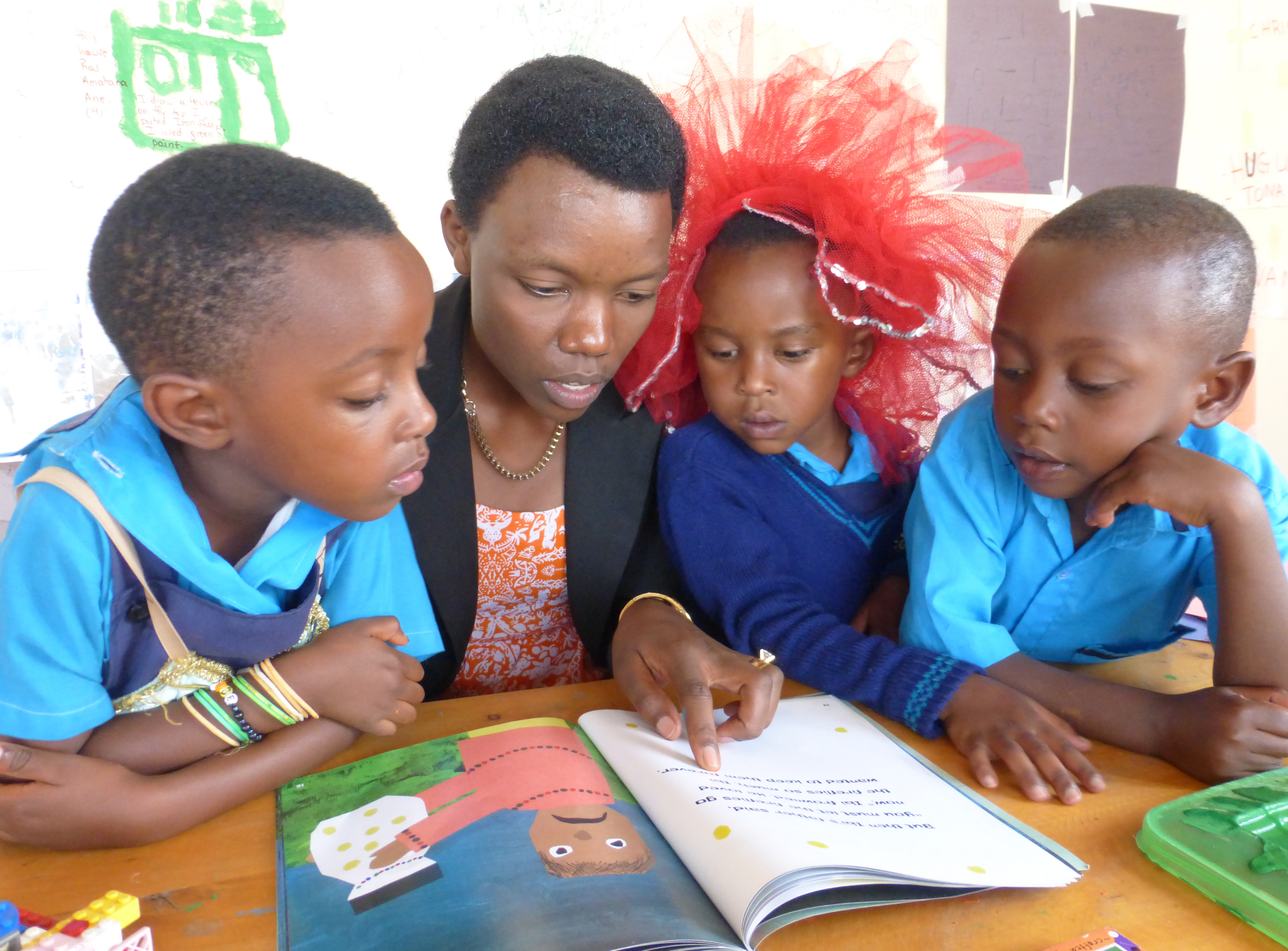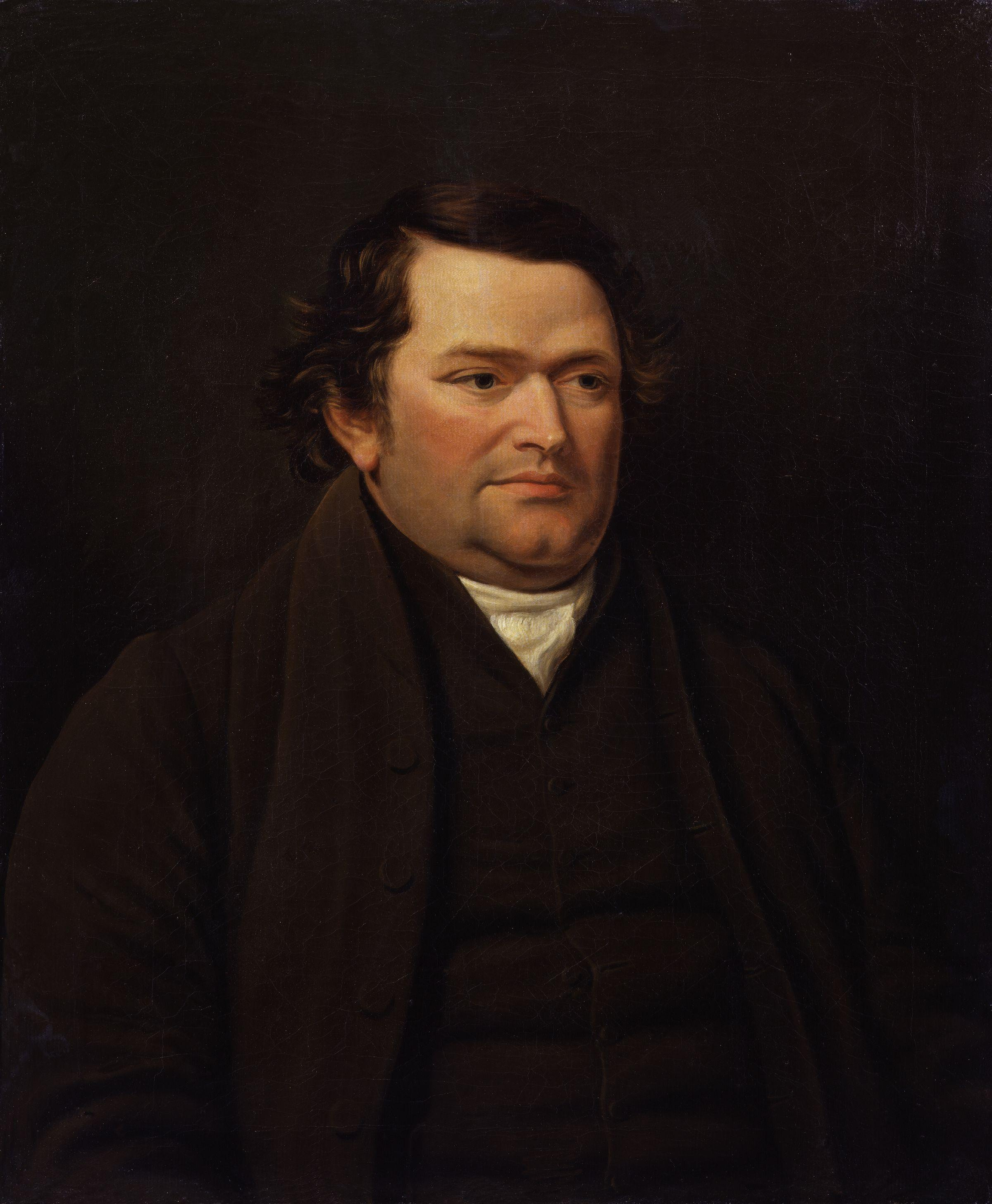|
Decodable Text
Decodable text is a type of text often used in beginning reading instruction. Decodable texts are carefully sequenced to progressively incorporate words that are consistent with the letters and corresponding phonemes that have been taught to the new reader. Therefore, with this type of text new readers can decipher words using the phonics skills they have been taught. For instance, children could decode a phrase such as “Pat the fat rat” if they had been taught the letter-sound associations for each letter—that 'p' stands for the sound /p/, 'a' for the sound /a/, etc. Generally, decodable text is used in programs that have a strong phonics emphasis. Whole-language and whole word methods of instruction generally use stories with familiar high-frequency words arranged in predictable and repetitive patterns. Whole-language texts have received increasing criticism for encouraging word guessing strategies instead of skilled reading. While it is important to note that the texts do ... [...More Info...] [...Related Items...] OR: [Wikipedia] [Google] [Baidu] |
Reading Education
Reading is the process of taking in the sense or meaning of letters, symbols, etc., especially by sight or touch. For educators and researchers, reading is a multifaceted process involving such areas as word recognition, orthography (spelling), alphabetics, phonics, phonemic awareness, vocabulary, comprehension, fluency, and motivation. Other types of reading and writing, such as pictograms (e.g., a hazard symbol and an emoji), are not based on speech-based writing systems. The common link is the interpretation of symbols to extract the meaning from the visual notations or tactile signals (as in the case of Braille). Overview Reading is typically an individual activity, done silently, although on occasion a person reads out loud for other listeners; or reads aloud for one's own use, for better comprehension. Before the reintroduction of separated text (spaces between words) in the late Middle Ages, the ability to read silently was considered rather remarkable. Major pr ... [...More Info...] [...Related Items...] OR: [Wikipedia] [Google] [Baidu] |
Phoneme
In phonology and linguistics, a phoneme () is a unit of sound that can distinguish one word from another in a particular language. For example, in most dialects of English, with the notable exception of the West Midlands and the north-west of England, the sound patterns (''sin'') and (''sing'') are two separate words that are distinguished by the substitution of one phoneme, , for another phoneme, . Two words like this that differ in meaning through the contrast of a single phoneme form a ''minimal pair''. If, in another language, any two sequences differing only by pronunciation of the final sounds or are perceived as being the same in meaning, then these two sounds are interpreted as phonetic variants of a single phoneme in that language. Phonemes that are established by the use of minimal pairs, such as ''tap'' vs ''tab'' or ''pat'' vs ''bat'', are written between slashes: , . To show pronunciation, linguists use square brackets: (indicating an aspirated ''p'' in ''p ... [...More Info...] [...Related Items...] OR: [Wikipedia] [Google] [Baidu] |
Phonics
Phonics is a method for teaching people how to Reading, read and write an alphabetic language (such as English alphabet, English, Arabic alphabet, Arabic or Russian alphabet, Russian). It is done by demonstrating the relationship between the sounds of the spoken language (phonemes), and the letters or groups of letters (graphemes) or syllables of the written language. In English, this is also known as the alphabetic principle or the ''Alphabetic code''. Phonics is taught using a variety of approaches, for example: a) learning ''individual'' sounds and their corresponding letters (e.g. the word cat has three letters and three sounds c - a - t, (in International Phonetic Alphabet, IPA: , , ), whereas the word flower has six letters but four sounds: f - l - ow - er, (IPA , , , ), or b) learning the sounds of letters or groups of letters, at the word level, such as similar sounds (e.g., cat, can, call), or Syllable#Rime, rimes (e.g., hat, mat and sat have the same rime, "at"), or ... [...More Info...] [...Related Items...] OR: [Wikipedia] [Google] [Baidu] |
Whole Language
Whole language is a philosophy of reading and a discredited educational method originally developed for teaching literacy in English to young children. The method became a major model for education in the United States, Canada, New Zealand, and Great Britain in the 1980s and 1990s, despite there being no scientific support for the method's effectiveness. It is based on the premise that learning to read English comes naturally to humans, especially young children, in the same way that learning to speak develops naturally. Whole-language approaches to reading instruction are typically contrasted with phonics-based methods of teaching reading and writing. Phonics-based methods emphasize instruction for decoding and spelling. Whole-language practitioners disagree with that view and instead focus on teaching meaning and making students read more. The scientific consensus is that whole-language-based methods of reading instruction (e.g., teaching children to use context cues to guess t ... [...More Info...] [...Related Items...] OR: [Wikipedia] [Google] [Baidu] |
United States
The United States of America (U.S.A. or USA), commonly known as the United States (U.S. or US) or America, is a country primarily located in North America. It consists of 50 states, a federal district, five major unincorporated territories, nine Minor Outlying Islands, and 326 Indian reservations. The United States is also in free association with three Pacific Island sovereign states: the Federated States of Micronesia, the Marshall Islands, and the Republic of Palau. It is the world's third-largest country by both land and total area. It shares land borders with Canada to its north and with Mexico to its south and has maritime borders with the Bahamas, Cuba, Russia, and other nations. With a population of over 333 million, it is the most populous country in the Americas and the third most populous in the world. The national capital of the United States is Washington, D.C. and its most populous city and principal financial center is New York City. Paleo-Americ ... [...More Info...] [...Related Items...] OR: [Wikipedia] [Google] [Baidu] |
Phonics
Phonics is a method for teaching people how to Reading, read and write an alphabetic language (such as English alphabet, English, Arabic alphabet, Arabic or Russian alphabet, Russian). It is done by demonstrating the relationship between the sounds of the spoken language (phonemes), and the letters or groups of letters (graphemes) or syllables of the written language. In English, this is also known as the alphabetic principle or the ''Alphabetic code''. Phonics is taught using a variety of approaches, for example: a) learning ''individual'' sounds and their corresponding letters (e.g. the word cat has three letters and three sounds c - a - t, (in International Phonetic Alphabet, IPA: , , ), whereas the word flower has six letters but four sounds: f - l - ow - er, (IPA , , , ), or b) learning the sounds of letters or groups of letters, at the word level, such as similar sounds (e.g., cat, can, call), or Syllable#Rime, rimes (e.g., hat, mat and sat have the same rime, "at"), or ... [...More Info...] [...Related Items...] OR: [Wikipedia] [Google] [Baidu] |
Learning To Read
Reading is the process of taking in the sense or meaning of letters, symbols, etc., especially by sight or touch. For educators and researchers, reading is a multifaceted process involving such areas as word recognition, orthography (spelling), alphabetics, phonics, phonemic awareness, vocabulary, comprehension, fluency, and motivation. Other types of reading and writing, such as pictograms (e.g., a hazard symbol and an emoji), are not based on speech-based writing systems. The common link is the interpretation of symbols to extract the meaning from the visual notations or tactile signals (as in the case of Braille). Overview Reading is typically an individual activity, done silently, although on occasion a person reads out loud for other listeners; or reads aloud for one's own use, for better comprehension. Before the reintroduction of separated text (spaces between words) in the late Middle Ages, the ability to read silently was considered rather remarkable. Major pred ... [...More Info...] [...Related Items...] OR: [Wikipedia] [Google] [Baidu] |
Whole Language
Whole language is a philosophy of reading and a discredited educational method originally developed for teaching literacy in English to young children. The method became a major model for education in the United States, Canada, New Zealand, and Great Britain in the 1980s and 1990s, despite there being no scientific support for the method's effectiveness. It is based on the premise that learning to read English comes naturally to humans, especially young children, in the same way that learning to speak develops naturally. Whole-language approaches to reading instruction are typically contrasted with phonics-based methods of teaching reading and writing. Phonics-based methods emphasize instruction for decoding and spelling. Whole-language practitioners disagree with that view and instead focus on teaching meaning and making students read more. The scientific consensus is that whole-language-based methods of reading instruction (e.g., teaching children to use context cues to guess t ... [...More Info...] [...Related Items...] OR: [Wikipedia] [Google] [Baidu] |
Synthetic Phonics
Synthetic phonics, also known as ''blended phonics'' or ''inductive phonics'', is a method of teaching English reading which first teaches the letter sounds and then builds up to blending these sounds together to achieve full pronunciation of whole words. Overview Synthetic phonics refers to a family of programs which aim to teach reading and writing through the following methods: * Teaching students the correspondence between ''written letters'' (graphemes) and ''speech sounds'' (phonemes). For example, the words ''me'' and ''pony'' have the same sound at the end, but use different letters. * Teaching students to read words by ''blending'': identifying the graphemes (letters) in the word, recalling the corresponding phonemes (sounds), and saying the phonemes together to form the sound of the whole word. * Teaching students to write words by ''segmenting'': identifying the phonemes of the word, recalling the corresponding graphemes, then writing the graphemes together to form ... [...More Info...] [...Related Items...] OR: [Wikipedia] [Google] [Baidu] |
Education Reform
Education reform is the name given to the goal of changing public education. The meaning and education methods have changed through debates over what content or experiences result in an educated individual or an educated society. Historically, the motivations for reform have not reflected the current needs of society. A consistent theme of reform includes the idea that large systematic changes to educational standards will produce social returns in citizens' health, wealth, and well-being. As part of the broader social and political processes, the term education reform refers to the chronology of significant, systematic revisions made to amend the educational legislation, standards, methodology, and policy affecting a nation's public school system to reflect the needs and values of contemporary society. Before the late 18th century, classical education instruction from an in-home personal tutor, hired at the family's expense, was primarily a privilege for children from wealthy ... [...More Info...] [...Related Items...] OR: [Wikipedia] [Google] [Baidu] |
.jpg)

_-_A_Boy_Reading_-_T01073_-_Tate.jpg)
_-_A_Child_Learning_to_Read_-_P358_-_The_Wallace_Collection.jpg)
